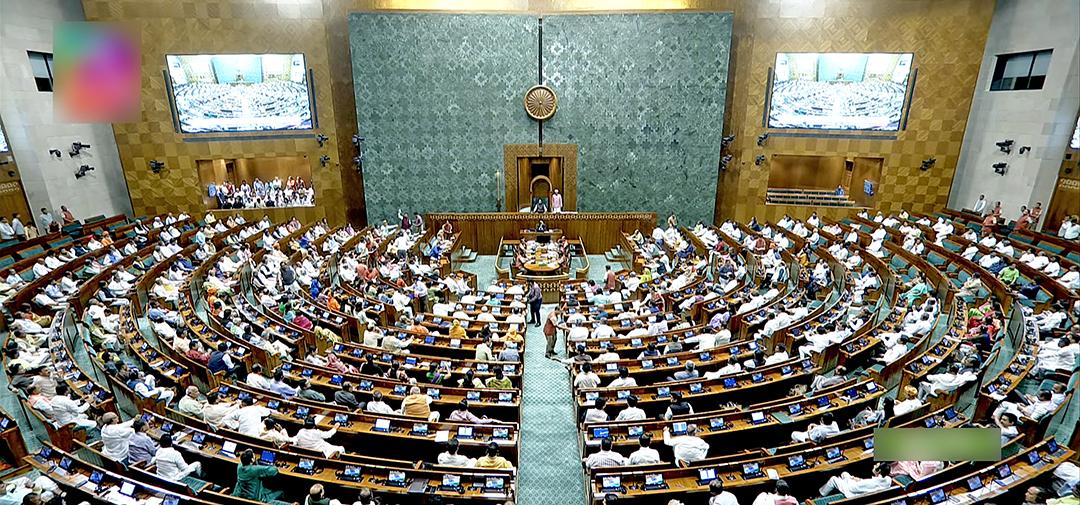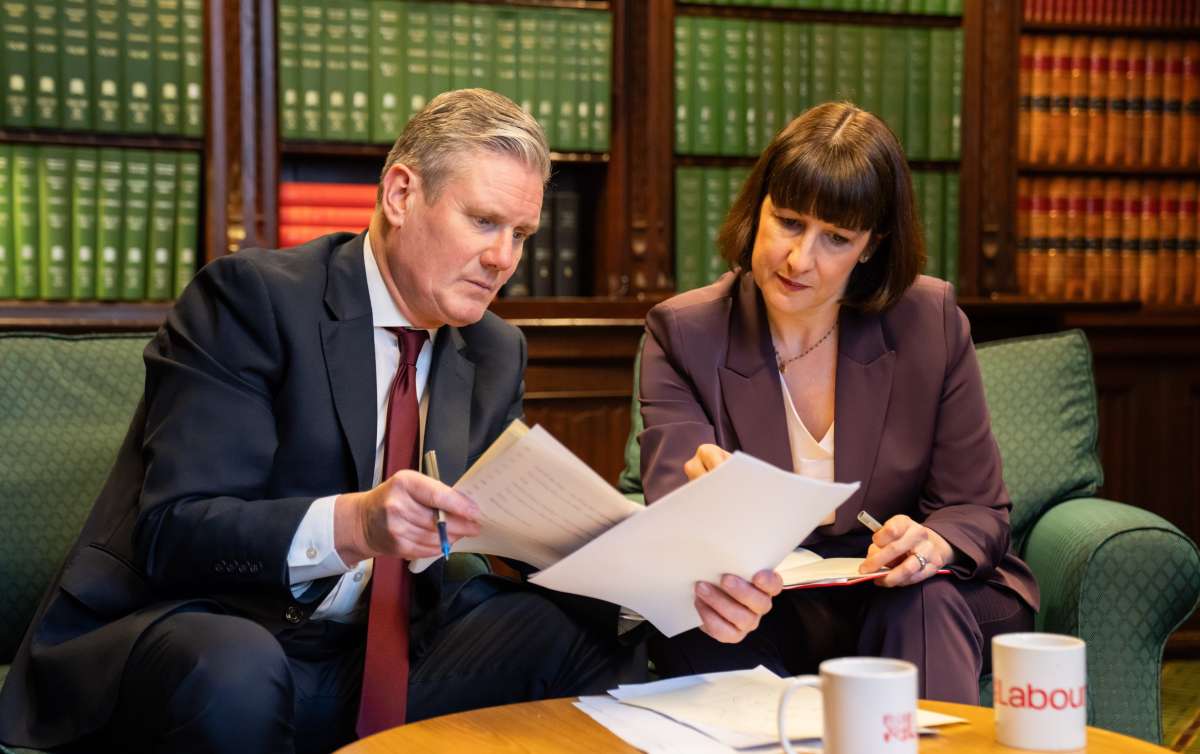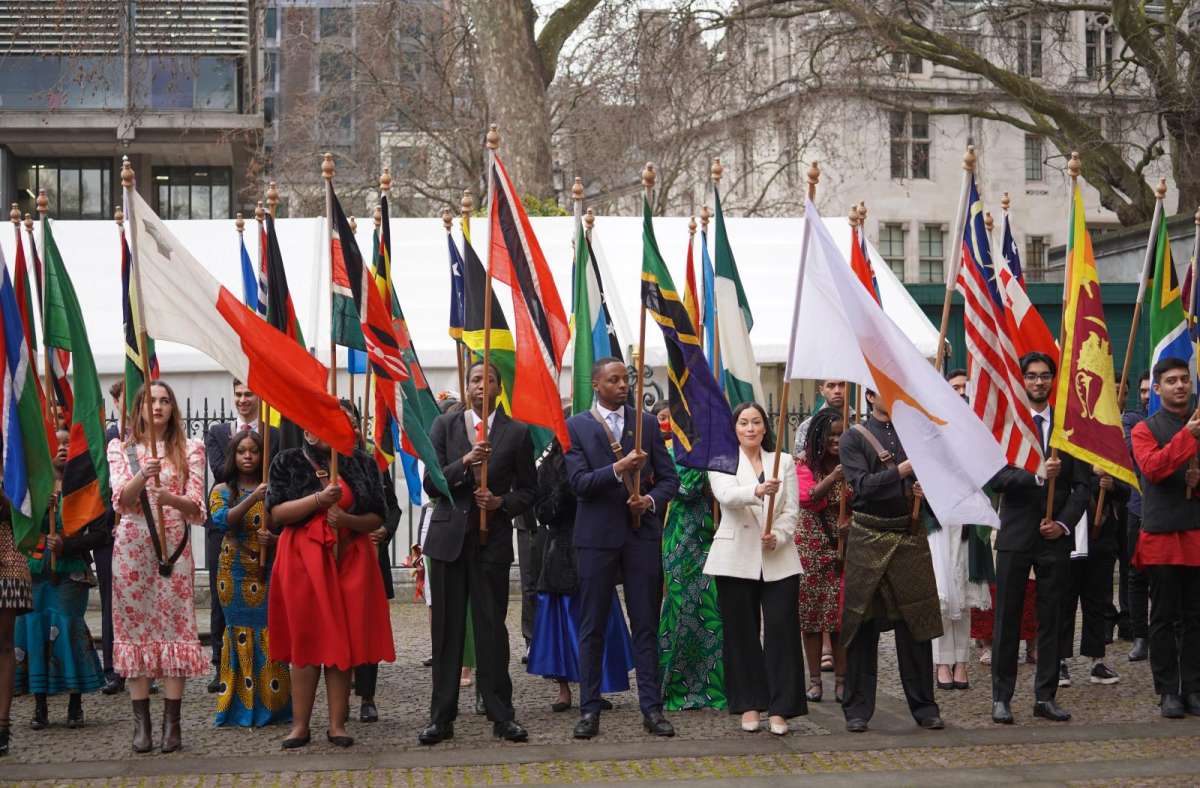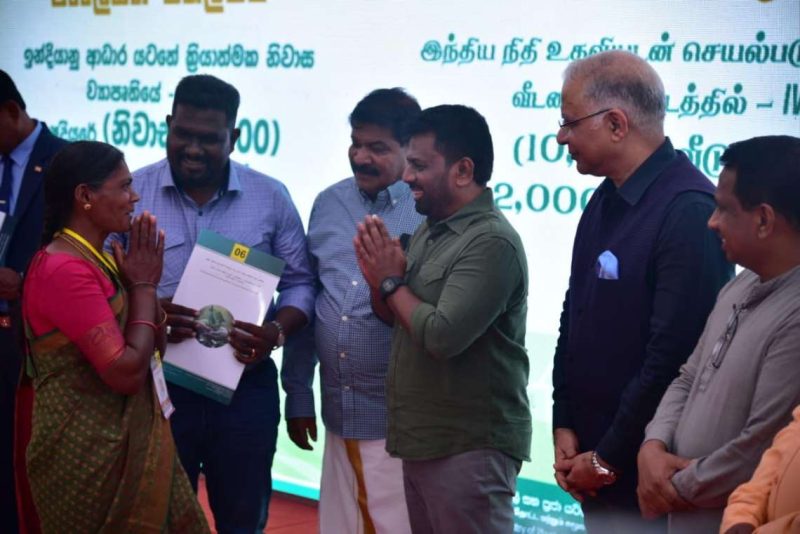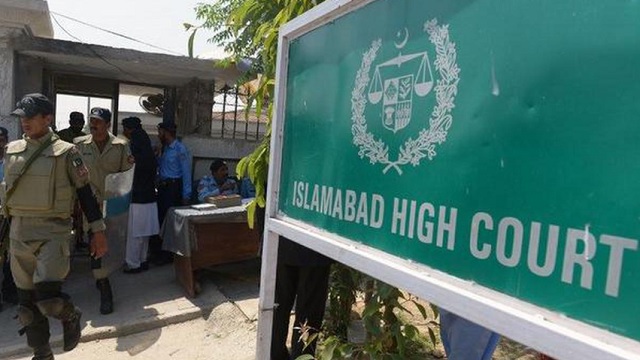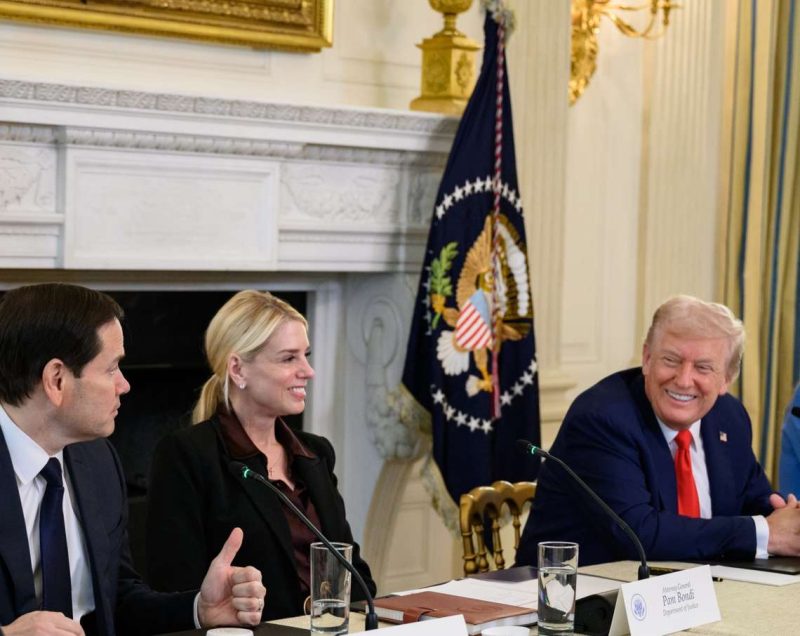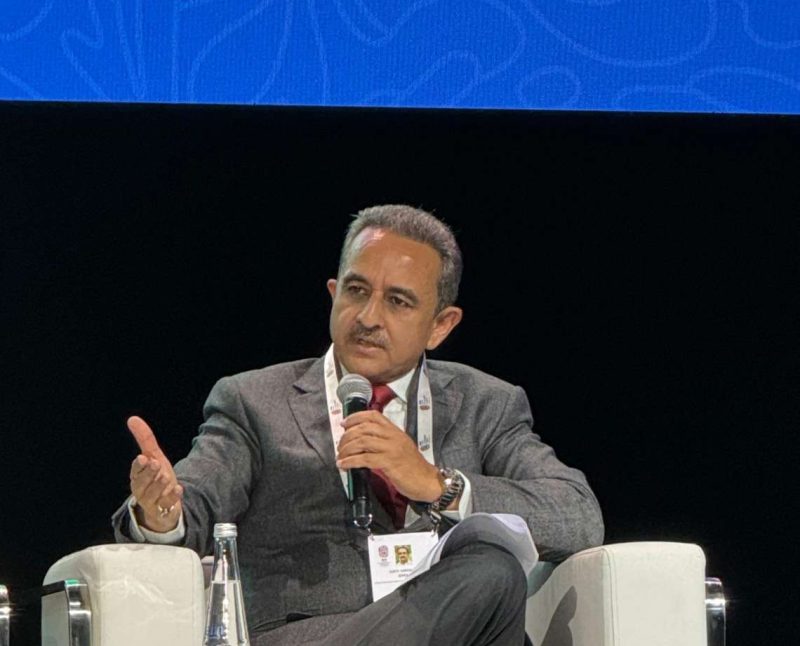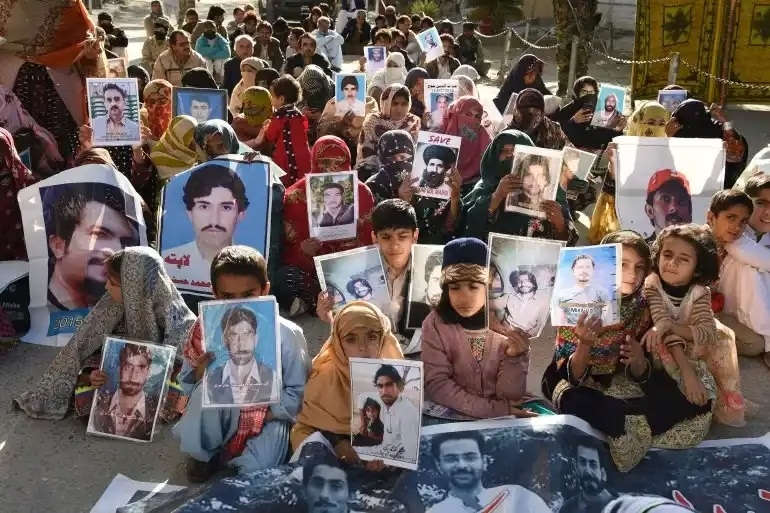India has a long and proud history of being a vibrant and successful electoral democracy. This identity predates its achievements in other areas like economics, nuclear power, or IT. The foundation for this system was laid by the Indian Constitution and nurtured by various institutions like the parliament, judiciary, political parties, media, and most importantly, the people of India. The Election Commission of India played a crucial role in safeguarding this process … writes Maheep
In a momentous year, India celebrates 75 years as a flourishing democratic republic, building on a successful G20 presidency that underscores its rising global influence. Imminent is the world’s largest general elections, with rumours of a March 12 announcement officially dismissed. Nonetheless, some political parties have already announced the names of the first set of candidates. The official announcement of the schedule is around the corner.
India has a long and proud history of being a vibrant and successful electoral democracy. This identity predates its achievements in other areas like economics, nuclear power, or IT. The foundation for this system was laid by the Indian Constitution and nurtured by various institutions like the parliament, judiciary, political parties, media, and most importantly, the people of India. The Election Commission of India played a crucial role in safeguarding this process.
Despite initial scepticism, the founders of modern India adopted universal adult suffrage, trusting the common people to choose their representatives. This democratic choice was considered a bold and daring step, especially considering the widespread illiteracy, poverty, and social inequalities prevalent at the time. This move proved that democracies are not simply created fit for the people, but rather become fit through the practice of democracy itself.

The independent Election Commission has successfully conducted numerous national and state elections over the past 73 years, ensuring peaceful and democratic transitions of power. This system has facilitated the rise of leaders from marginalized communities, including farmers, women, and minorities, to prominent positions in government. Additionally, the increasing diversity of parties and the formation of coalition governments reflect the broad spectrum of aspirations and voices present in Indian society.
There are several ways in which the election in India is a most unique phenomenon. In 2019, when the last general election for the federal government was held, the number of registered voters was about 900 million. India has seen a nearly six-fold rise in the total number of voters since 1951 to over 945 million in 2023.That is larger than the combined population of all European countries.
India’s enormous population makes organizing elections a massive challenge, costing billions of dollars. With over 1.4 billion people, India is now the world’s most populous country, surpassing China in April 2023. The country’s economy is also on the rise, expected to be the world’s third largest by 2027 overtaking Japan and Germany. This upcoming election is therefore crucial, as it will determine the leader of this demographic and economic giant.
The Election Commission of India (ECI) is an independent body established by the Constitution which is responsible for running India’s elections. This massive undertaking involves a dedicated team of over 300 officials based in New Delhi, who collaborate with local administrations in each state. To ensure smooth elections, the ECI assigns electoral duties to a network of around five million government officials across the country.
The number of polling booths set up across the country for the 2019 Lok Sabha election was 1,035,918. The Election Commission issued guidelines that no voter should be more than two kilometres away from a polling station. Due to the massive scale of this election, it requires a huge effort to ensure it runs smoothly and safely. In addition to the five million government officials who manage the voting process, tens of thousands of security forces are deployed to prevent any violence. These security personnel travel by a variety of means depending on the location, using everything from cars and trains to helicopters, boats, and even elephants in some cases.

Voting in India is conducted by electronic voting machines (EVM) which was first introduced in 1982. The ECI used more than 23 lakhs EVMs in the 2019 elections as compared with 18 lakhs in 2014. Vehicles carrying the EVMs were fitted with GPS devices to monitor their movements, to check for foul play. The electoral body also used digital cameras, videotaping of speeches and wireless networks during the elections. Voter Verifiable Paper Audit Trail (VVPAT) machines were used along with EVMs at all polling stations after opposition parties disputed the accuracy of EVMs. VVPAT lets the voter cross-check the votes.
In today’s technologically advanced world, there is no reason why people who move within their own country (domestic migrants) shouldn’t be able to vote. Many people who move for work, marriage, or education miss out on voting because they haven’t registered in their new location. To address this and improve voter participation, India’s Election Commission is exploring a new system which would allow domestic migrants to vote at special polling stations outside their home constituency, using a modified version of the existing voting machines.
The polling booths are often set up in remote areas. More than eighty thousand polling booths did not have mobile connectivity in 2019, and roughly 20,000 polling stations were set up in forest or semi-forest areas. The ECI had arranged for a polling station in the Gir forest of western Gujarat state in the 2009 general election for just one voter.
India’s election management has undergone a significant transformation, moving from separate ballot boxes to EVMs. While EVMs have streamlined the process, ensuring a level playing field remains a major challenge. Though lacking legal enforcement, the Model Code of Conduct plays a crucial role in promoting fair elections. To address the concerns of rising money power and declining voter turnout, the ECI has implemented various initiatives.
The Systematic Voters’ Education and Electoral Participation (SVEEP) program utilizes community outreach and media campaigns to encourage citizen participation, especially among youth. Additionally, the National Voters Day (NVD) has significantly increased voter registration, particularly among newly eligible voters. Recognizing the global interest in its expertise, the ECI established the India International Institute of Democracy and Election Management (IIDEM), which offers training and resources to both domestic and international participants. Looking ahead, the ECI is pushing for further reforms, including criminalizing politics, regulating campaign finance, and promoting internal democracy within political parties. These measures aim to strengthen the electoral process and pave the way for good governance.
India’s future seemed very uncertain in 1947, just after gaining independence. General Claude Auchinleck, the last British commander of the Indian army, believed the country was too divided to function as a nation. He compared India’s diversity to Europe, highlighting the vast differences between regions. In his view, the British had only managed a temporary unity, and India was more like a continent with many different nations than a single country. He thought this would lead to separatist movements, with the Sikhs being the first to break away.
Many experts doubted India’s future after independence, with Western observers predicting its fragmentation and failure as a democracy. They scoffed at the idea of holding elections for millions of illiterate people. Yet, in the face of skepticism and dire predictions, India’s journey from independence to a thriving democracy stands as a testament to its resilience. While acknowledging that India’s democracy may not be flawless, it represents a remarkable achievement considering the peaceful path it took to nationhood compared to other countries. Furthermore, India’s massive scale magnifies the magnificence of its democratic practices. Conducting general elections, the world’s largest exercise in free will, and numerous provincial elections across vast states is a profoundly remarkable feat. As India stands on the cusp of yet another monumental election, it serves as a reminder that the democratic spirit, which has propelled the nation through decades, continues to evolve and inspire. The ongoing narrative of India’s democracy is a story of extraordinary achievement against the odds and a promising beacon for the future.
(Dr Maheep is a leading scholar of Political Science and International Relations with an avid interest in Psephology and analysis)


